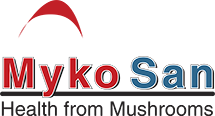Medicinal Mushroom Traditions of the East
In several traditions, particularly in the traditional Chinese medicine (TCM), medicinal mushrooms played an important role. They have discovered that medicinal mushrooms can help protect and benefit health, as well as prevent and treat various conditions and diseases.
Health is a basic human need. When faced with disease, people relied on instinct, beliefs, luck, past experiences, trial-and-error. Though early people mostly believed that evil spirits caused diseases, they based their medicine on observation. Early civilizations collected the knowledge of healing for thousands of years, passing it to the next generation through oral tradition. That is how traditional medicine was born, long before written history.
Medicinal Mushrooms in the Traditional Chinese Medicine
Medicinal mushrooms have been used in traditional Chinese medicine (TCM) for thousands of years (estimates vary from 3-7,000 years). The oldest official list of 365 medicinal substances, Shennong Bencao Jing, contains the materia medica of TCM, dating from the 29th century BC. The list contains several mushroom species used for medicinal purposes; especially revered was the famous ganoderma mushroom (Ganoderma lucidum, Chinese: lingzhi, Japanese: reishi or mannentake).
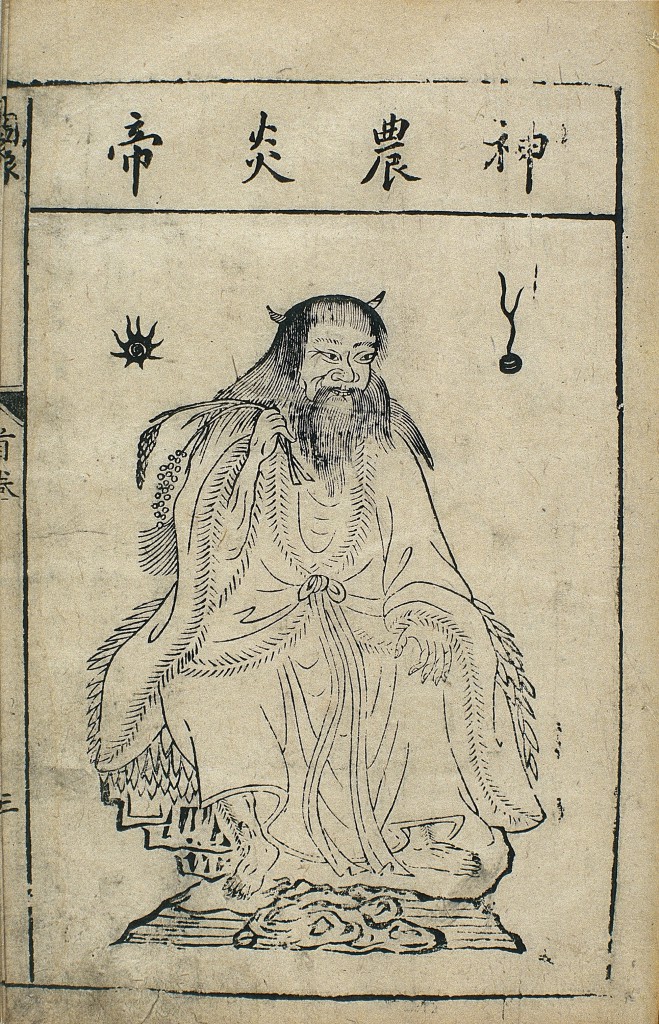
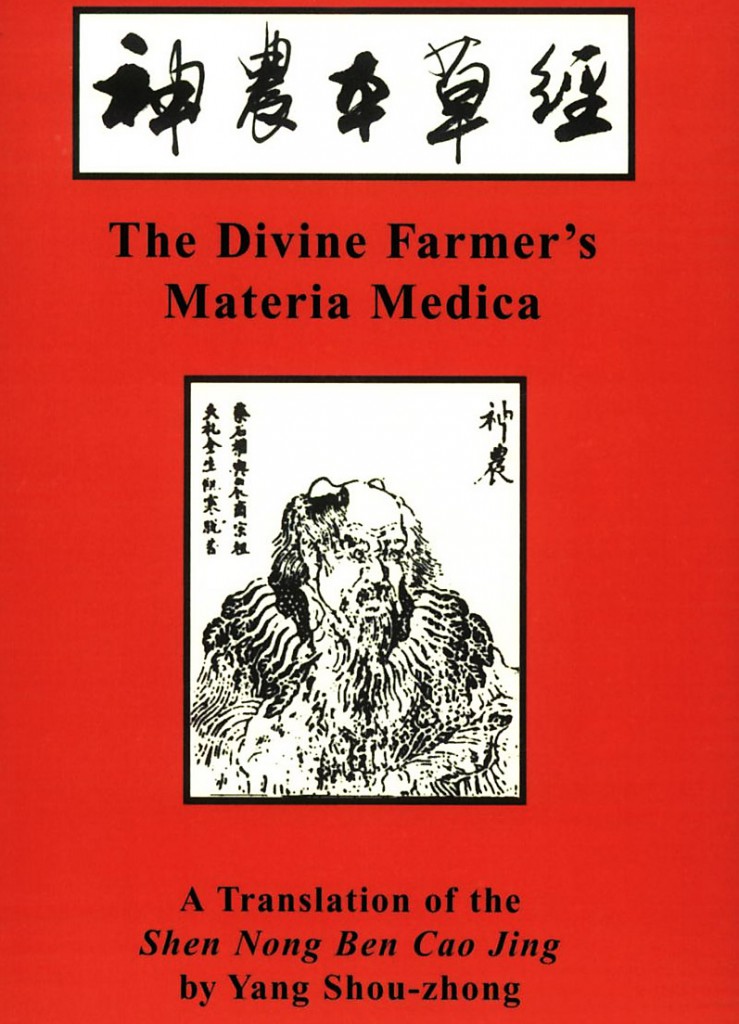
 book cover.
book cover.Famous Taoist master and physician, Tao Hongjing (456-536 AD), wrote Bencao Jing Jinzhu (also known as Tujing yanyi bencao), an extension of the Shennong Bencao Jing. In it, even more medicinal mushroom species are reported for their healing ability.
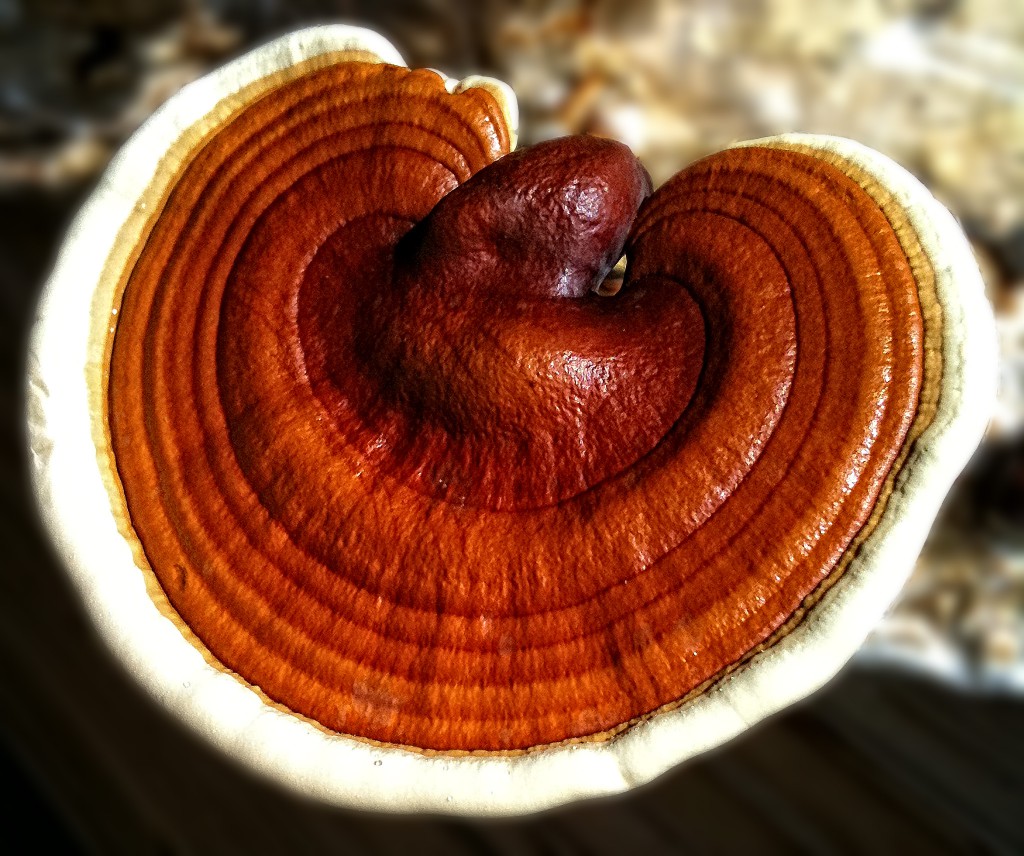
Despite being extremely well researched, there are no official drugs from Ganoderma to date.
From about 600-1000 AD the Chinese have discovered cultivation techniques for many medicinal and culinary mushrooms to meet the ever growing demand – for food and potent medicine. For example, the famous shiitake mushroom (Lentinus edodes, Chinese: xiang gu) has been widely cultivated from about 1000 AD.
Other medically important species traditionally cultivated or collected in the wild and used in China include:
- Auricularia auricula-judae (Jew’s ear, black fungus)
- Pleurotus ostreatus (oyster mushroom)
- Flammulina velutipes (enokitake)
- Grifola frondosa (maitake, hen of the woods)
- Tremella fuciformis
- Tremella mesenterica
- Tricholoma matsutake (=caligatum)
- Volvariella volvacea
as well as inedible, purely medicinal mushroom species like:
- Poria cocos
- Cordyceps sinensis
- Fomes fomentarius
- Ganoderma lucidum
- Phellinus linteus
- Piptoporus betulinus
- Trametes versicolor
and many others.
The respect for mushrooms, as an important food and medicine, has begun to grow early in the Far East.
The most important treatise of the TCM is undoubtedly a Li Shizhen (1518-1593) monumental work published in 1578, Bencao Gangmu; a culmination of his 26 years of field study and reading of over 800 medical reference books. This 53 volume Compendium of Materia Medica, as it is also called, references and thoroughly describes 1,892 medicinal substances (444 animal, 1,094 herbs, and 275 mineral substances; and 20 species of medicinal mushrooms) and almost 11,100 detailed prescriptions (over 8,000 of which were compiled by Li Shizen himself). Li was the first to describe and use distillation, ephedrine, iodine, and even smallpox inoculation.
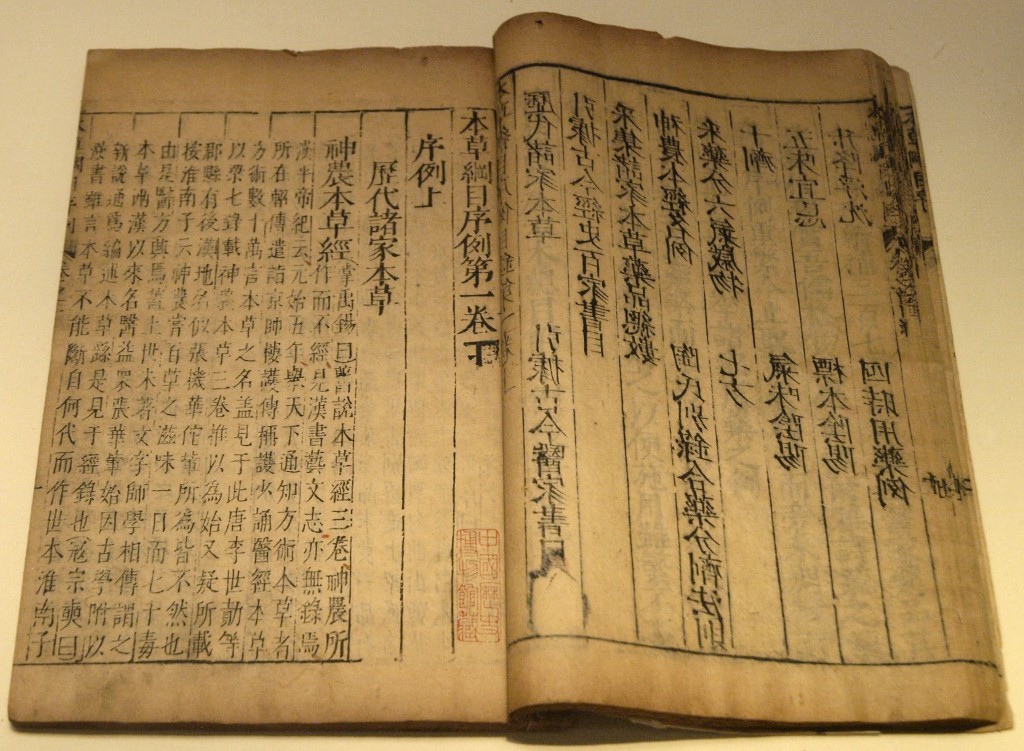

 by Li Shizhen is available in English as a 6-volume encyclopedia.
by Li Shizhen is available in English as a 6-volume encyclopedia.Recently, two Chinese university professors, Liu Bo and Bau Yun-sun, compiled numerous sources of information on the traditional experiences and use of medicinal mushroom in their 1980 work Fungi Pharmacopoeia (Sinica). The authors describe more than 120 medicinal mushroom species, include diseases and conditions the mushroom is used for, and details of their use in traditional medicine.
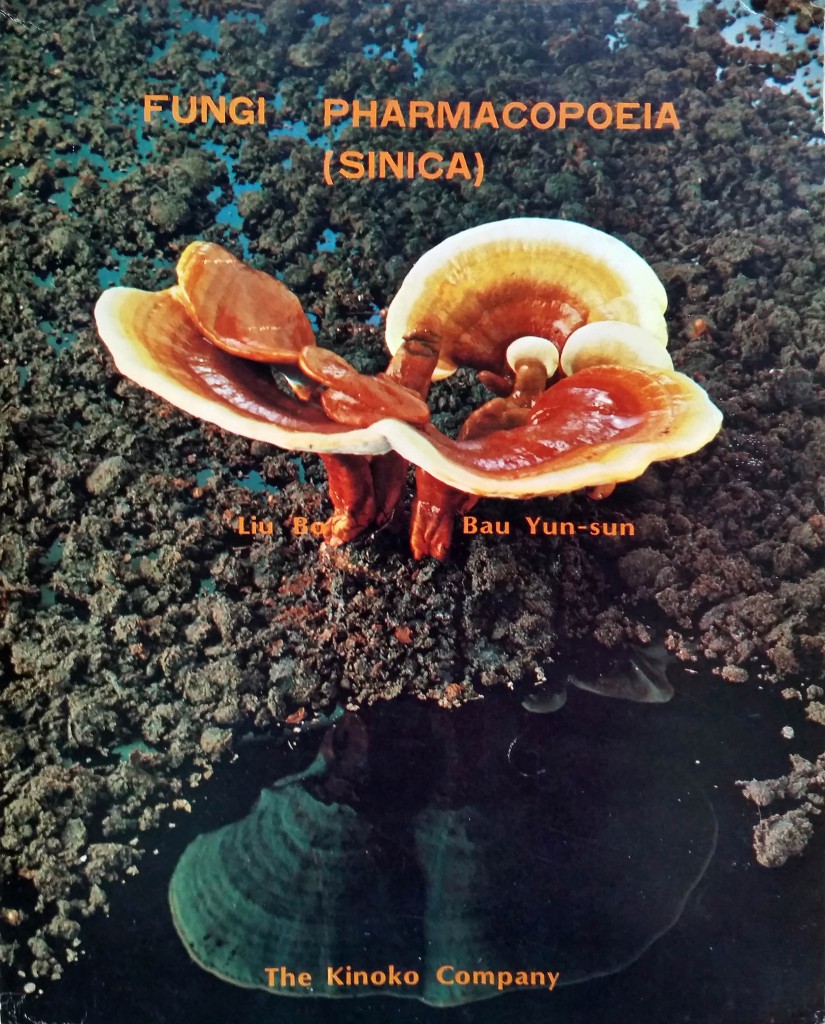
 by Liu Bo and Bau Yun-sun.
by Liu Bo and Bau Yun-sun.In 1987, five Chinese scientists (Ying et al.), published the Icons of Medicinal Fungi from China, in which a total of 272 medicinal mushroom species are discussed.
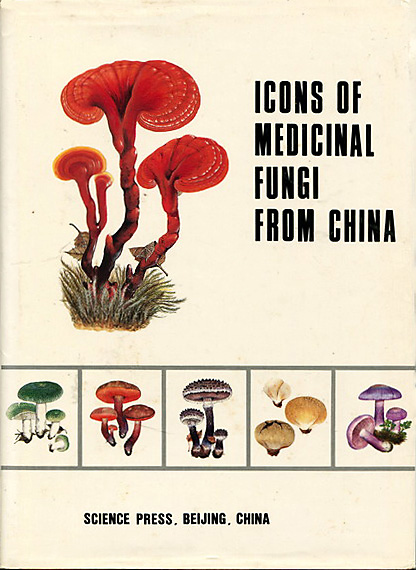
 (available in English) describes 272 medicinal mushroom species and their use.
(available in English) describes 272 medicinal mushroom species and their use.In 2013, Wu Xingliang, Mao Xiolan et al. published the Medicinal Fungi of China, with 835 medicinal mushroom species, more than 500 with antitumor effects. The bibliography is huge: the authors used about 2400 scientific articles in writing this book, which includes research history, introduction to chemical content and biological activity, as well as prospects for application. Unfortunately, this book is still only available in Chinese.
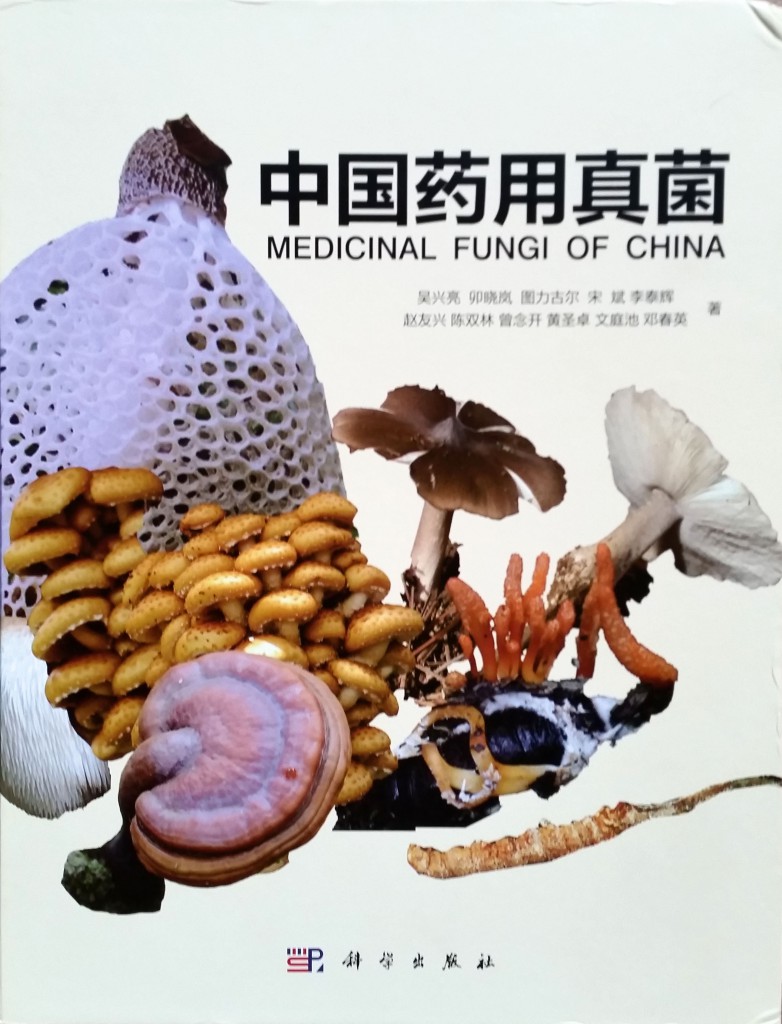
 (2013) describes 835 medicinal mushrooms and their use. The authors used about 2400 scientific articles in writing this enormous book.
(2013) describes 835 medicinal mushrooms and their use. The authors used about 2400 scientific articles in writing this enormous book.As of 2015, research has found medicinal effects in more than 850 mushroom species.
Traditionally, medicinal mushrooms were extracted in water by cooking, creating a kind of tea or soup. This creates simple hot water partial extracts from medicinal mushrooms – research showed modern extraction methods can yield many times more active ingredients.
The mushroom industry in China is booming. Over the last 25 years mushroom production in China has increased about 150-fold; in 1977 the country accounted for less than 6% of total mushroom production. Today, over 35 million people in China work in the mushroom industry (including the food industry). In 2002, China accounted for more than 70% of total mushroom production (in 2013 – 85%); just 5% of it was exported (mostly to Japan) and the rest was for domestic use.
Japanese Traditional Medicine and Mushrooms
Traditional Chinese medicine, introduced mostly during the 7-9th century AD, greatly influenced Japanese traditional medicine (Kampo).
Kampo is similar to traditional Chinese medicine with a stronger emphasis on using medicinal “herbs” (including mushrooms, especially shiitake). Shiitake was a known medicinal mushroom; in the year 199 AD, the 14th Japanese Emperor Chuai received shiitake mushroom as a gift from a native tribe.
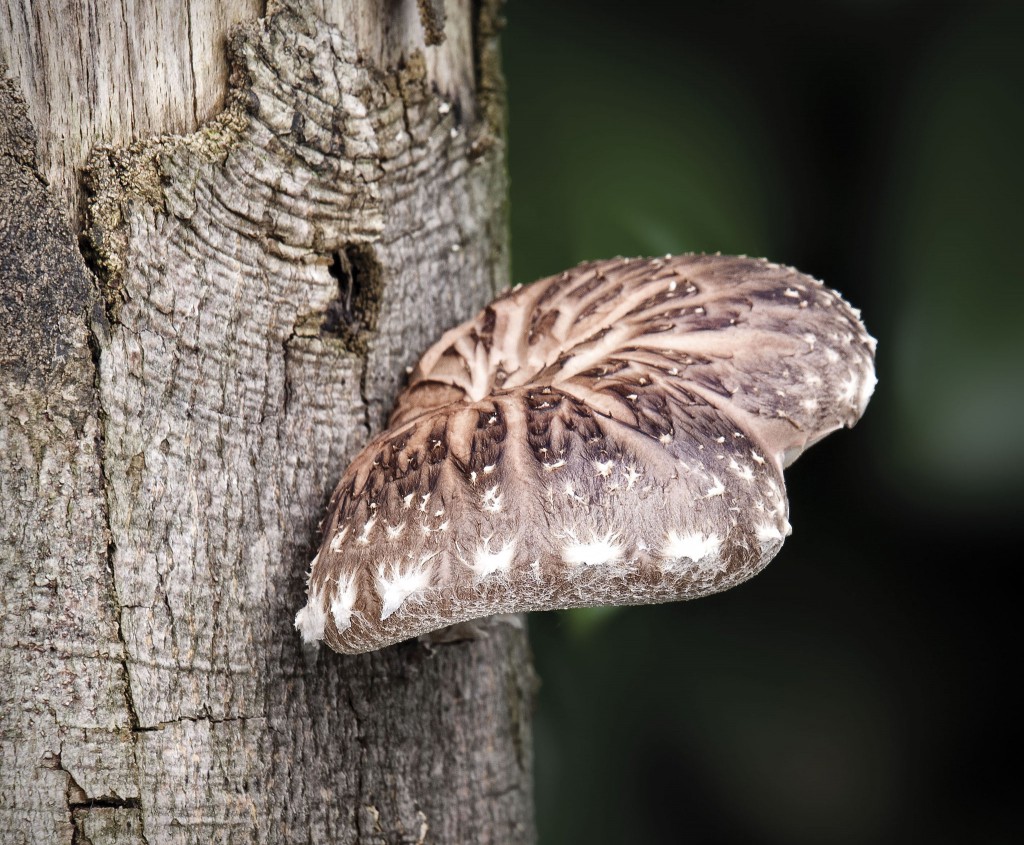
Shiitake cultivation was common in feudal Japan. The villages wanting to gain prestige and added commerce would attract Buddhist monks by cultivating shiitake, who would build their temple only under the condition there was ample shiitake supply (which cultivation could ensure).
There is an amusing story how another highly prized and delicious medicinal mushroom Grifola frondosa got its Japanese name “maitake” (meaning: dancing mushroom). The name came from dancing from joy one would do after finding it; a joy not difficult to understand when you learn it worth its weight in silver.
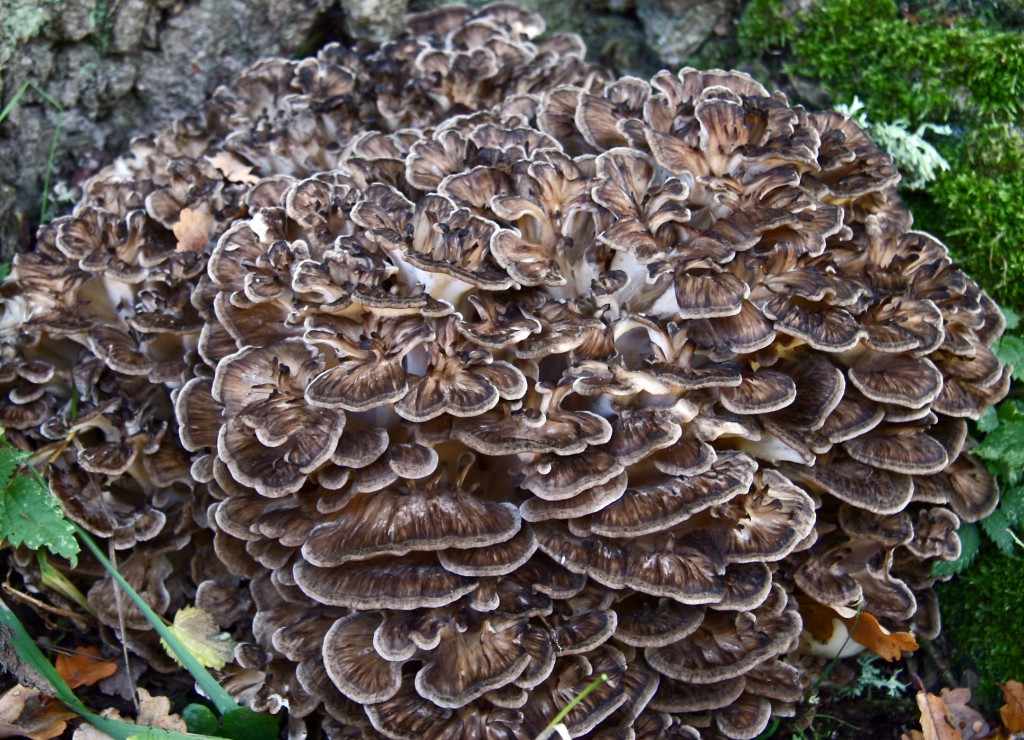
In 1936, Dr. Kisaku Mori MD founded the Institute of Mushroom Research to compile and study the use of mushrooms in Kampo. After a life-long research of traditional use of medicinal mushrooms in Japan, he published a classic work Mushrooms as Health Foods in 1974.
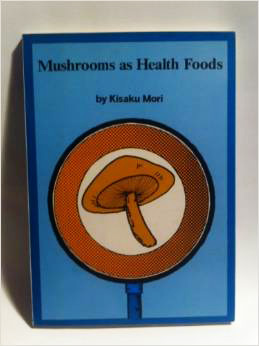

Medicinal mushrooms have also been traditionally used in Korea (notably the endemic species Phellinus linteus, Sang Hwang), and, to a lesser degree, in Vietnam, Thailand, India and other Far Eastern civilizations.
The Eastern civilizations certainly respect and enjoy the culinary and health benefits of mushrooms far more than the West.
